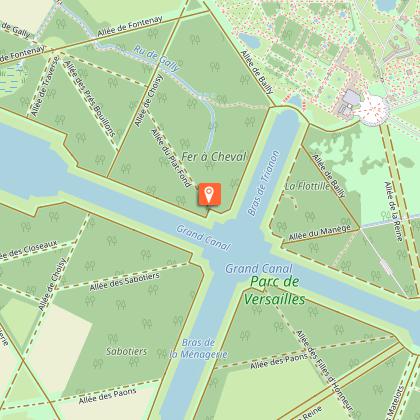Alert
Alerts
Cycling route - Discovering Versailles







IGN cards

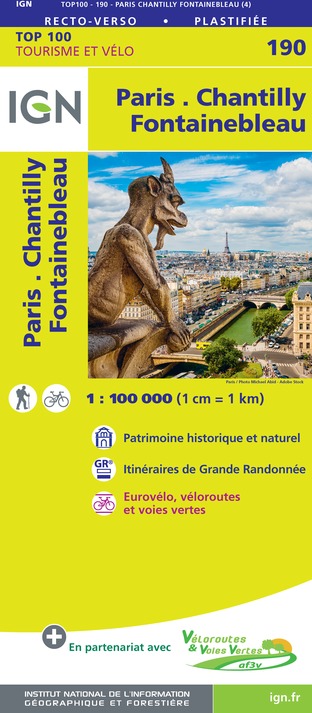
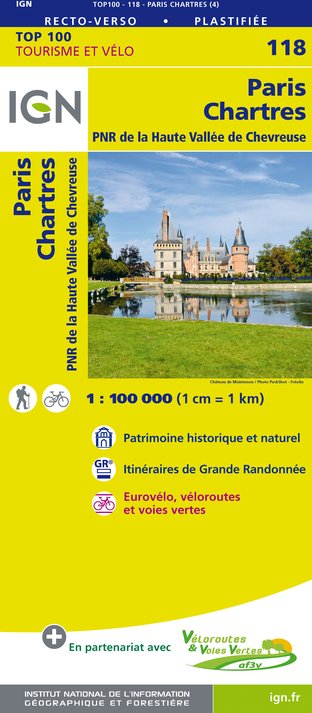
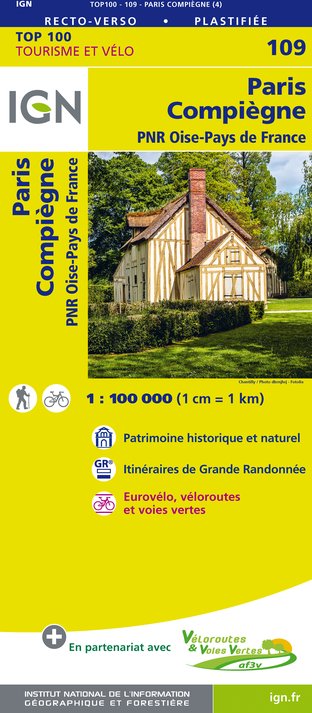
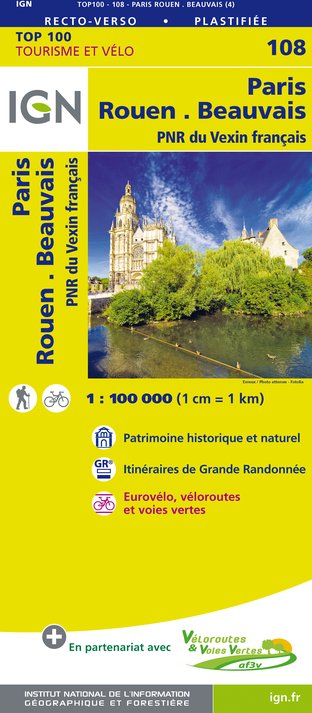




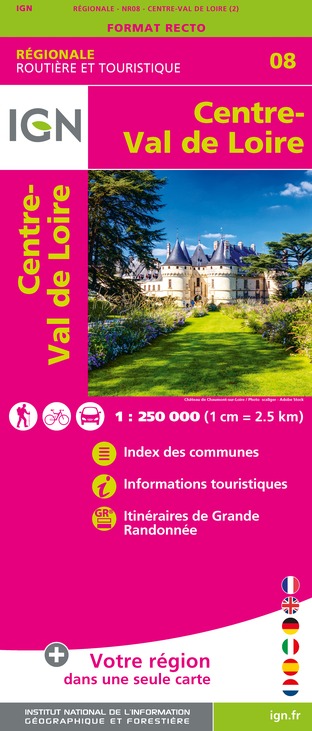

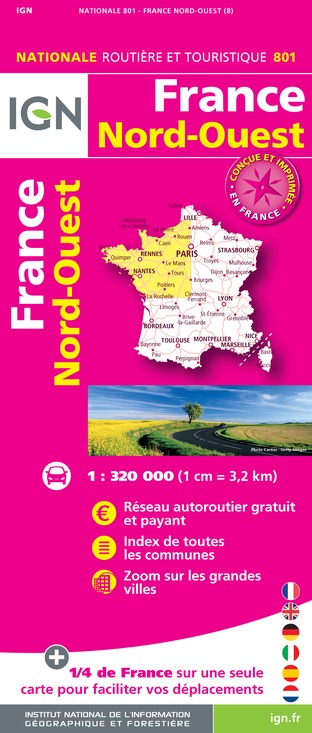

Description
Discover Versailles by bike through its historic neighborhoods and the magnificent Château park. A 14 km route blending history, culture, and nature, perfect for a family outing or a trip with friends.
Start at the Carrés Saint Louis, a picturesque spot with historic buildings. Then, head to the Saint Louis Cathedral, an example of classical architecture with impressive stained glass windows. Continue to the Potager du Roi, a historic garden created for Louis XIV, where traditional gardening techniques are still practiced. Stop at the Jeu de Paume Hall, an emblematic site of the Tennis Court Oath, a significant event of the French Revolution.
Next, go to the Pièce d'eau des Suisses, a large basin surrounded by lawns and trees, perfect for a break. Enter the park of the Palace of Versailles, famous for its French gardens and groves. Explore the Domaine de Trianon, including the Grand Trianon, the Petit Trianon, and the Queen's Hamlet, which offer a glimpse into royal life.
Return to town to visit the Notre-Dame Church, an example of Baroque architecture where many royal events took place. Continue to the Notre-Dame Market Square, the center of the local market with its fresh and artisanal products. Pass by the Hoche Square, the first octagonal square in France, and end your tour at the Equestrian Academy, where equestrian art is showcased. This bike route offers a comprehensive exploration of the history and beauty of Versailles.
Please note : Certain areas of the Château de Versailles park will be closed during the Olympic Games.
Technical Information
Altimetric profile
Starting point
Points of interest
Additional information
Updated by
Office de Tourisme et des Congrès de Versailles Grand Parc - 26/07/2024
www.versailles-tourisme.com/
Report a problem
Open period
All year round.
Contact
Phone : 01 39 24 88 88
Email : tourisme@ot-versailles.fr
Website : www.versailles-tourisme.com/





